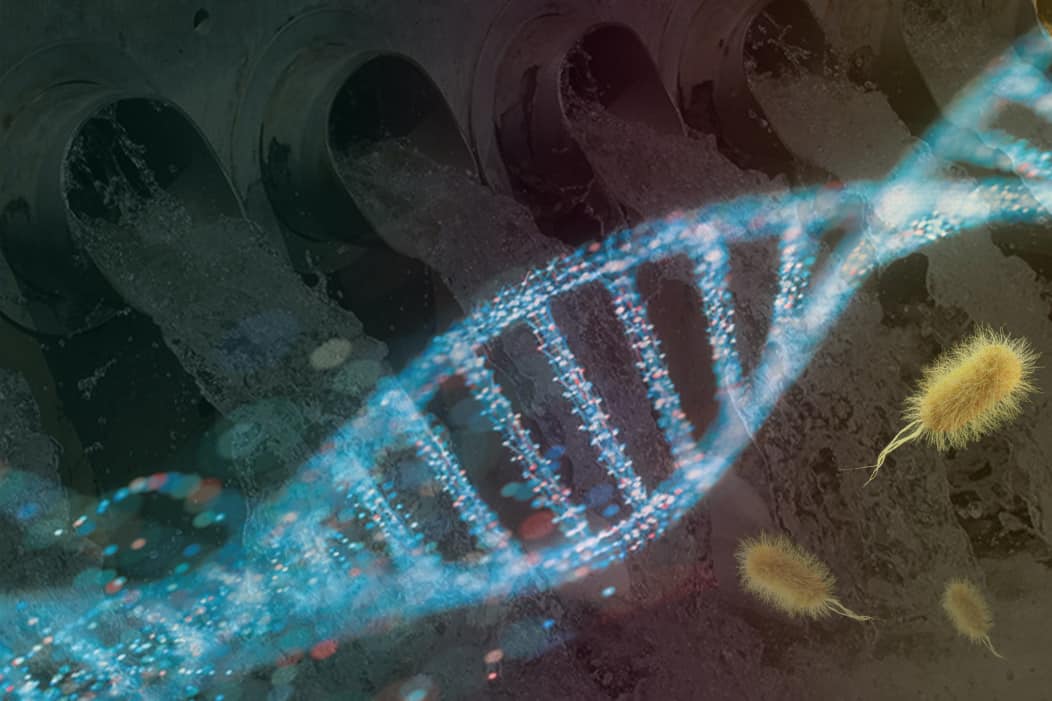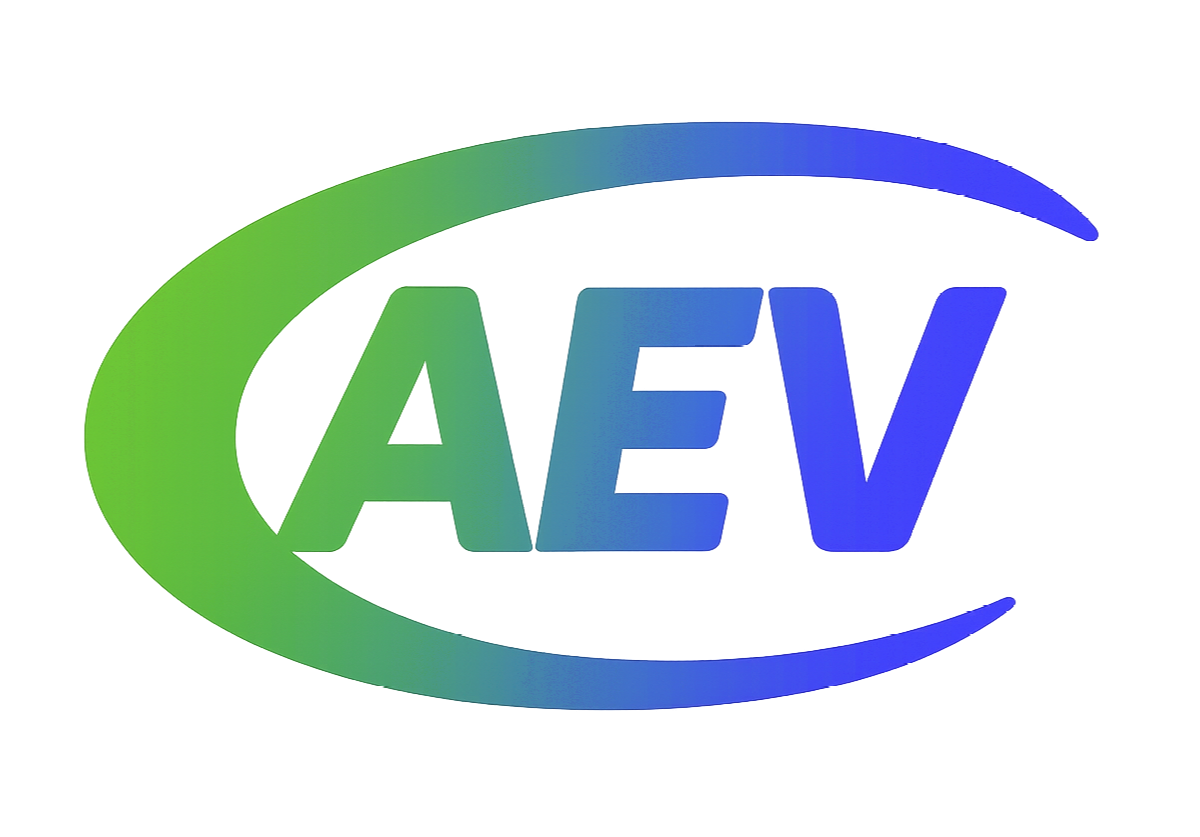Microbiological approach allows you to find the best way to purify water

Bioinformatics of Wastewater Treatment Microbial Community Studies
Wastewater treatment is crucial to environmental hygiene in urban environments. Wastewater treatment plants (WWTPs) collect chemicals, organic matter, and microorganisms including pathogens and multi-resistant bacteria from various sources which may be potentially released into the environment via WWTP effluent [PMID: 31273307]. Wastewater treatment is a complex multi-stage process, which is performed by microorganisms in aerotanks. Taxonomic composition of activated sludge in aerotanks [PMID: 26925033] fits the chemical composition of the incoming sewage to maximally consume containing nutrients (carbon, nitrogen compounds, fatty acids, sugars, etc.) but may vary depending on year season [PMID: 24596265]. The study of the microbial community of activated sludge is important from the point of view of optimizing the wastewater treatment process and eliminating dangerous pathogens.
In recent years, high-throughput sequencing of 16S ribosomal RNA genes has become the most widely accepted technique of microbial community studies. This method is based on sequencing specific regions of bacterial DNA, which contain genes encoding for small ribosomal subunit (16S SSU). The nucleotide sequence of these genes differs from one bacterial family to another, one species to another. Fragments of ribosomal 16S genes are amplified with PCR and then sequenced (Illumina HiSeq, MiSeq, IonTorrent, Roche 454). Then, the derived nucleotide sequences are trimmed, denoised and compared to reference 16S sequences with known taxonomic affiliation (species, genus, family, phylum). Nowadays, at least three reference 16S sequence databases are broadly used: RDP, Silva and GreenGenes (not maintained now). As well as several bioinformatic tools for the 16S data analysis are broadly applied: QIIME, QIIME2, DADA2 and some others. The typical workflow is presented in the Figure 1.
16S SSU rDNA genes contain both highly-conservative regions and highly variable (V1…V9) regions (Figure 2). PCR primers are designed to be located in conservative regions, but the PCR amplicon overlaps one or two variable regions and therefore can distinguish bacterial taxons. These amplicons are ligated with sequencing adapters and transferred for sequencing (Figure 1).
Figure 1. Overall workflow of 16S sequencing studies. The figure is taken from the article of Jay-Hyun Jo et. al. [PMID: 26902128].
Figure 2. The map of genes encoding for 16S small ribosomal subunit. The figure is taken from EZ BioCloud Help Center (https://help.ezbiocloud.net/16s-rrna-and-16s-rrna-gene/).
16S sequencing provides great opportunities for analyses of the microbial cummunity composition and diversity, temporary and spatial dependecies, to reveal meatabolic potential of aerotanks, bioreactors, wetlands or natural reservoirs. As an illustration, we provide the results of the study of Daniela Numberger et al. “Characterization of bacterial communities in wastewater with enhanced taxonomic resolution by full-length 16S rRNA sequencing”. It this work, Daniela and collegues analyzed differences between microbial composition of WWTP inflow and effulent, as well as seasonal dynamics (Figure 3).
Figure 3. Demonstration of 16S sequencing capabilities. Microbial structure of WWTP inflow and effluent; temporal dynamics, from February to October (A). Differences between the ratio of dominant bacterial phyla in WWTP inflow and effluent (B).
We can see here (Figure 3) that the composition of either incoming sewage and efflux is relatively stable in time, but strongly differs from each other. Next generation sequencing (NGS) technologies does not only give us opportunity to get inside taxonomic composition of microbial communities, but to reveal its metabolic potential. This may be crucial if you would like to assess, which xenobiotics or organics can be degraded in aerotanks or natural reservoirs. 16S sequencing gives us only information concerning taxonomy, but these data can be linked to metabolic cabapility of the community. Variuos bacterial genera, families or species are known to effectively degrade lactose, cellulose, antibiotics, nitogen compounds and other organics or xenobiotics. This information is stored in specific databases: Tax4Fun, Piphillin, Picrust. These bioinformatics services can predict metabolic potential of a community based on 16S sequencing data. However, this approach is not so good, since 16S sequencing can hardly discriminate bacterial species. By the way, different species even within single genus can have different metabolic capability. Metabolic differences can be observed even between various strains within one species. Here, shotgun metagenome sequencing can help (Figure 4). There is no amplification stage of 16S rRNA genes, but millions randomly selected fragments of bacterial genomes are being sequenced and then compared to the reference dataset of complete bacterial, archaeal and fungal genomes. Here, Kraken is the most popular bioinformatic tool used to annotate the derived sequences.
Figure 4. Shotgun metagenome sequencing workflow. The figure is taken from 1010Genome web portal (https://www.1010genome.com/shotgun-metagenomics/).
As a result, we not only know the taxonomic structure of microbial community, but know what genes are present the in community (for an example see Figure 5). Based on these data, we can easily predict available metabolic pathways since we know if there are genes encoding for enzymes participating them. Therefore, we can predict a spectrum of compounds that can be degraded or synthesed in the community. However, this approach is much more expensive than ‘traditional’ 16S sequencing.

Figure 5. An example demonstrating capabilities of shotgun metagenome sequencing. The figure is taken from the study Bremges et al [PMID: 26229594]. Using shotgun metagenome sequencing technique, authors evaluated the presence of genes encoding for enzymes of methane metabolism in the bacterial community of agricultural production-scale biogas plant (marked with yellow and orange). However, the presence of a gene does not guarantee that it is expressed. Thus, Bremges et al sequenced also RNA, e.g. transcriptome, and evaluate the expression of genes encoding for genes participating methane metabolism (marked with orange) in the current condition.
Full Text:
Shchegolkova, N. M., Krasnov, G. S., Belova, A. A., Dmitriev, A. A., Kharitonov, S. L., Klimina, K. M., … & Kudryavtseva, A. V. (2016). Microbial community structure of activated sludge in treatment plants with different wastewater compositions. Frontiers in microbiology, 7, 90.
